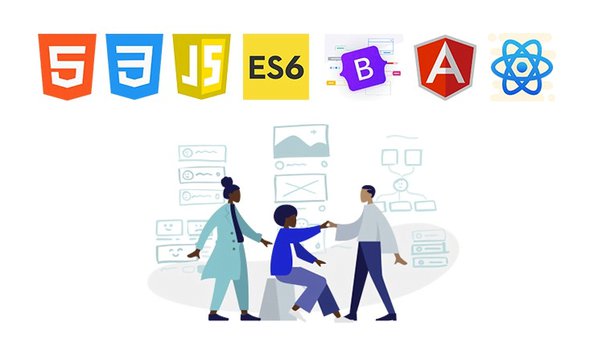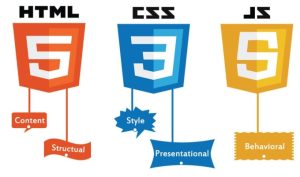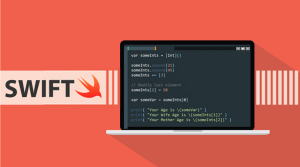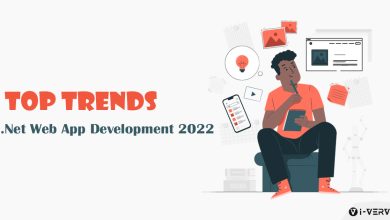Best front-end programming language for 2022

Computer science is crucial to our daily lives, whether it’s predicting natural disasters or making simple purchases from an internet retailer. We are dependent on the expanding developments in computer science in every way. This is made possible by a particular set of front-end programming languages that enhance human-computer interaction.
Despite the fact that many computer languages are useful for creating software, object-oriented languages are particularly useful for controlling the complexity of large projects. Front-end development languages use object languages to package data and operations on it so that they are visible to the public while hiding the features of the underlying data structures. This information hiding made big-scale programming easier by allowing a programmer to think about each part of the program individually.
Functioning on Different Sides of a Website
The buttons, menus, pages, links, graphics, and other components of a website or app are designed and constructed by front-end developers. The user is always put first by front-end developers. Front-end development languages are a subset of computer programming that is used to code and develop a website’s user interface and functionalities. Making sure that a website’s visual components are useful is the goal. The area of the site that is not accessible to users is referred to as being under development on the back end. This is what makes a website interactive. The “back end” of a website is occasionally referred to as the servers.
Best Front End Programming Languages
CSS and HTML

The fundamental building blocks of a website are cascading style sheets (CSS) and hypertext markup language (HTML). CSS helps style the HTML components with color, fonts, typeface, and other aspects whereas HTML provides the framework for web pages.
JavaScript
Given that they are largely static, HTML and CSS are ideal for text-only websites. A useful addition to responsive web pages is JavaScript.
With the help of this client-side programming language, you may give a website interactive elements like surveys, slideshows, and forms. Additionally, it provides support for dynamic features, such as page animation, scrolling, audio, and video, among others.
Angular
A free and open-source framework for creating single-page web applications is called Angular. Developers can use it to make animated menus for HTML websites. By leveraging cutting-edge platform features, Angular Developers can offer experiences that are comparable to those of apps. High-performance and easy to set up, Angular is a framework. also offers command-line tools to aid in accelerating the development, testing, and deployment of apps.
jQuery
A feature-rich yet impartial JavaScript library is jQuery. In addition to other things, it’s a workable solution for event management, HTML exploration, Ajax, document manipulation, and animations. The jQuery API is very user-friendly and compatible with a wide range of browsers. This front-end programming language is highly renowned for its adaptability and range of features.
It has made it possible for many developers to benefit from JavaScript programming. Developers may enhance JavaScript without needing to learn new syntax thanks to jQuery. You can develop simple, readable, and reusable code using jQuery. The language does away with the requirement for complex, repeating loops and DOM library calls.
Swift

The frontend development technology Swift is appropriate for building applications for iOS, tvOS, macOS, and watchOS. Apple developed it in 2014. It’s a great substitute for iOS apps. This older Objective-C alternative is criticized for having numerous problems. Numerous Objective-C concepts, like extensible programming, are used in Swift. There are contrasts in two different areas: static typing and protocol design.
React
React was developed by Facebook to be a fast, cutting-edge programming language for web user interfaces. It’s a great option for full-stack development and one of the most well-liked JavaScript frameworks for creating web front ends. A programming language called React may be used to build visual user interfaces and render data in browsers. One of the best front end languages is react, which is straightforward and has the following key characteristics and advantages.
React is a simple language to learn and use because of the comprehensive documentation, online training resources, and tutorials available. JavaScript experts who are also proficient in React will have little trouble learning the fundamentals of the framework. The virtual DOM is one of the most advantageous aspects of the React programming language. When an application is focused on user interactions and receives frequent data updates, developers might adjust the structure to achieve optimal performance.






